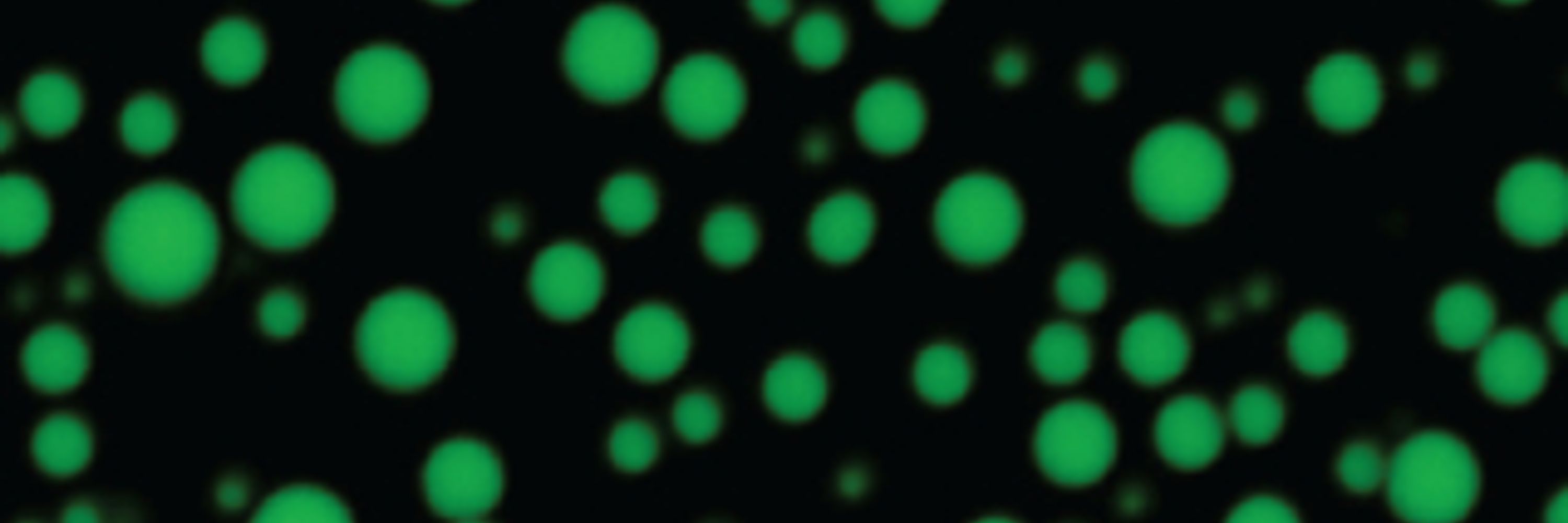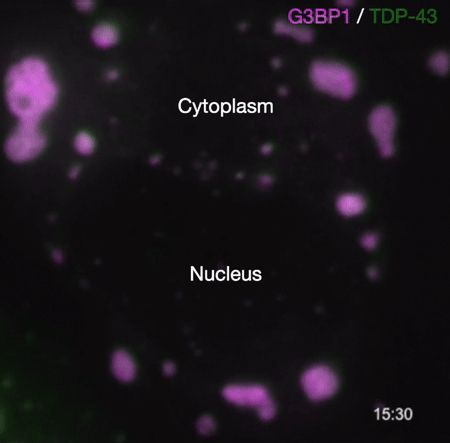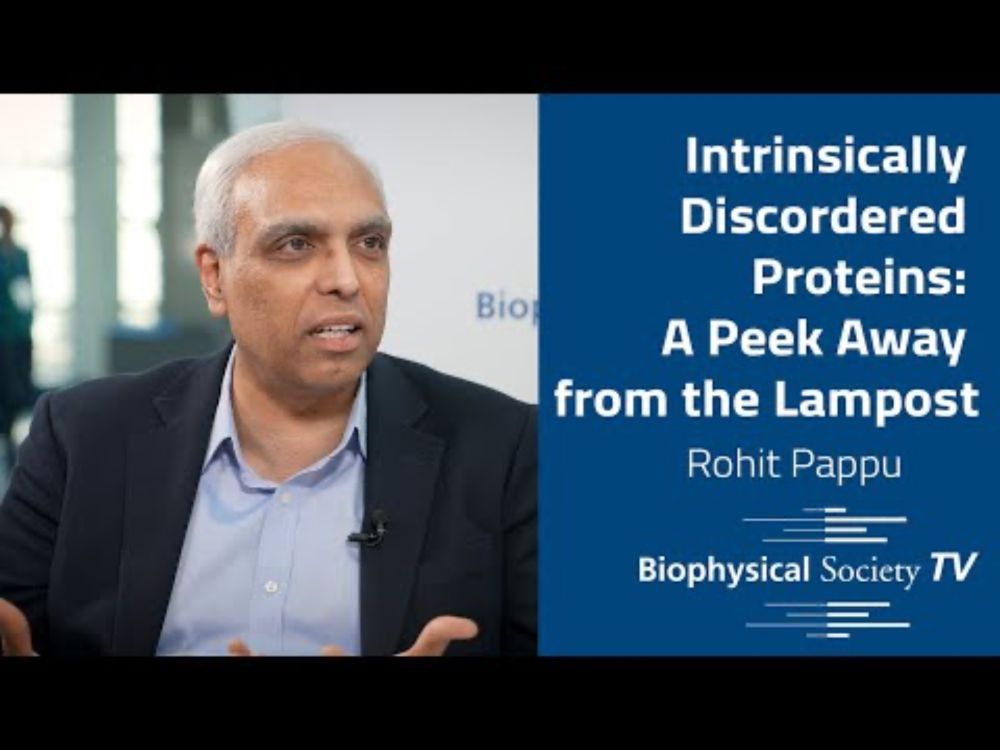
Laboratory webpage: https://www.banerjeelab.org/
Join us at the FASEB Conference on Biomolecular Phase Transitions (Jan 11–15, 2026, Melbourne, FL), showcasing cutting-edge research on condensates in health & disease, and therapeutic frontiers.
~30% talks from abstracts!
events.faseb.org/event/480194...
Join us at the FASEB Conference on Biomolecular Phase Transitions (Jan 11–15, 2026, Melbourne, FL), showcasing cutting-edge research on condensates in health & disease, and therapeutic frontiers.
~30% talks from abstracts!
events.faseb.org/event/480194...
source.washu.edu/2025/05/rese...

source.washu.edu/2025/05/rese...
doi.org/10.1016/j.mo...
doi.org/10.1016/j.mo...
@cellpress.bsky.social
@xiaoyan52802927.bsky.social
www.cell.com/cell/fulltex...
Demixing of TDP-43 inside stress granules generates pathological aggregates linked to ALS/FTD
@mpi-cbg.de @biotec-tud.bsky.social

@cellpress.bsky.social
@xiaoyan52802927.bsky.social
www.cell.com/cell/fulltex...
Demixing of TDP-43 inside stress granules generates pathological aggregates linked to ALS/FTD
@mpi-cbg.de @biotec-tud.bsky.social
@priya-r-banerjee.bsky.social
biorxiv.org/content/10.1101/2025.03.18.643977v1
🧵1/3
www.biorxiv.org/content/10.1...

www.biorxiv.org/content/10.1...
a molecular logic for protein disordered domains 🤩
a molecular logic for protein disordered domains 🤩
www.biorxiv.org/content/10.1...
www.biorxiv.org/content/10.1...
www.biorxiv.org/content/10.1...

www.biorxiv.org/content/10.1...
@masaashimazoe.bsky.social et al. reveal that linker histone H1 acts as a liquid-like glue to organize chromatin in living cells. 🎉 Fantastic collab with @rcollepardo.bsky.social @janhuemar.bsky.social and others—huge thanks! 🙌 1/
doi.org/10.1021/acs....
This is a simple model for flexible RNA that complements and works with the CALVADOS protein model. Work led by Ikki Yasuda who visited us from Keio University.
Try it yourself using our latest code for CALVADOS
github.com/KULL-Centre/...

doi.org/10.1021/acs....
This is a simple model for flexible RNA that complements and works with the CALVADOS protein model. Work led by Ikki Yasuda who visited us from Keio University.
Try it yourself using our latest code for CALVADOS
github.com/KULL-Centre/...
www.biorxiv.org/content/10.1...
www.biorxiv.org/content/10.1...
Congratulations to Tharun Mahendran on winning Student Research Achievement Award last night. 👏👏
Tharun will present his poster on "small molecule mediated inhibition of Tau condensate aging" on Wednesday morning.




Congratulations to Tharun Mahendran on winning Student Research Achievement Award last night. 👏👏
Tharun will present his poster on "small molecule mediated inhibition of Tau condensate aging" on Wednesday morning.

(1) co-condensation grammar of prion-like domains;
(2) Intra-condensate RNA aggregation;
(3) small molecule mediated inhibition of Tau condensate aging;
(4) the latest updates on our nano-rheology tools for condensates.




(1) co-condensation grammar of prion-like domains;
(2) Intra-condensate RNA aggregation;
(3) small molecule mediated inhibition of Tau condensate aging;
(4) the latest updates on our nano-rheology tools for condensates.


